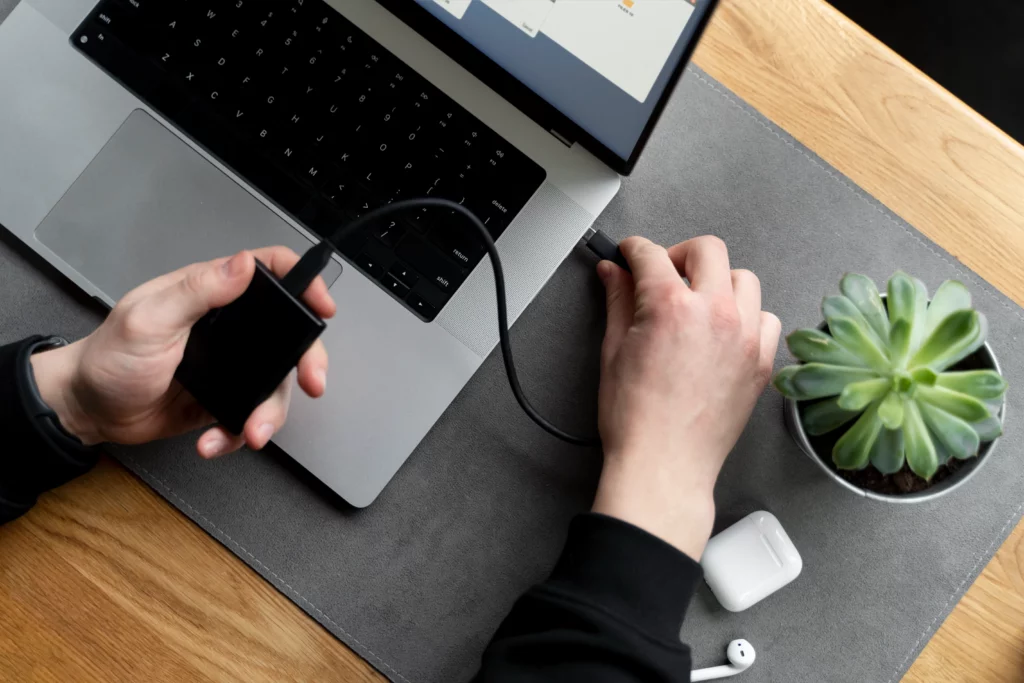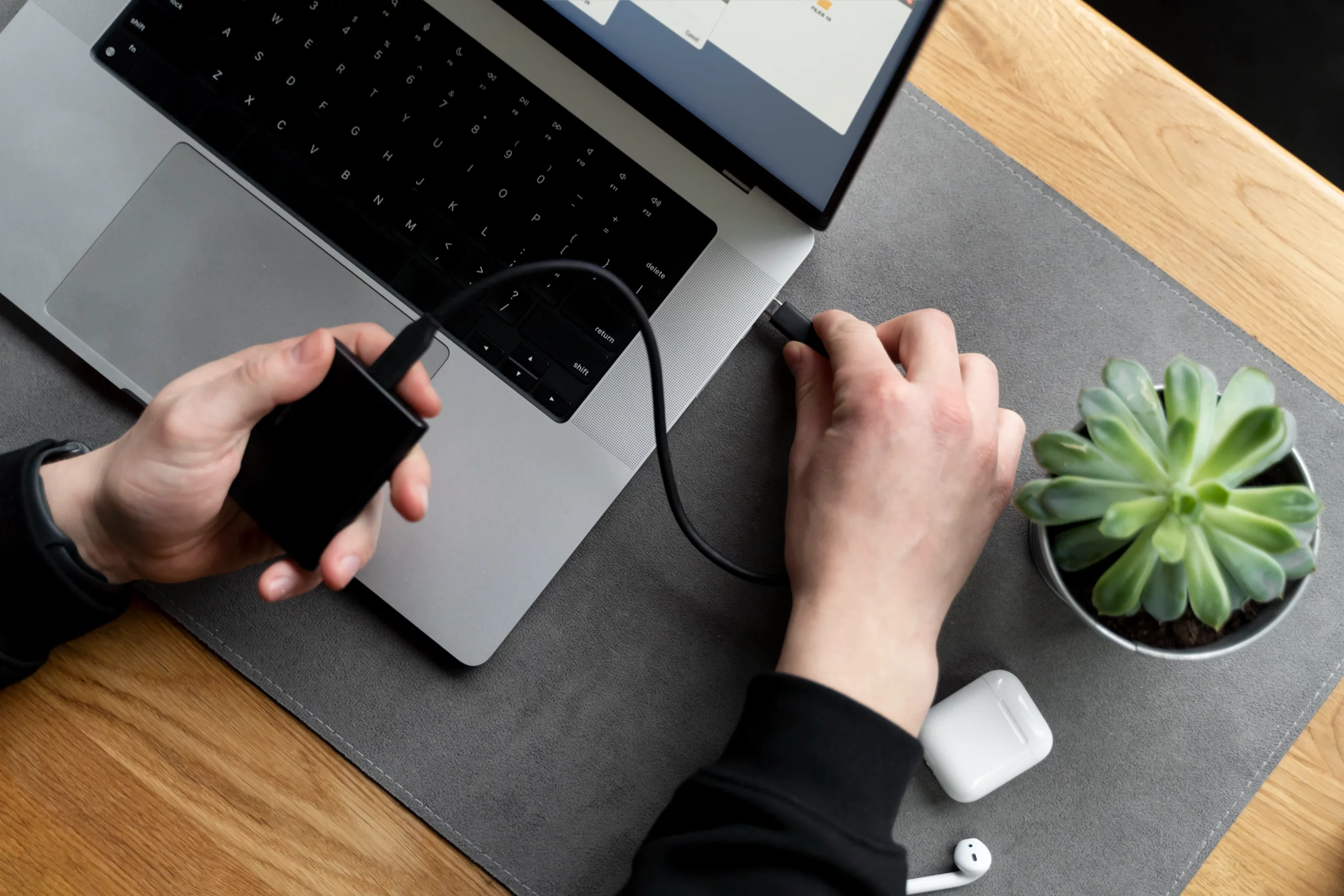True of False; 9 Technological Myths That We Have All Heard at Some Point
The Internet provides helpful information to satisfy your curiosity or complete your knowledge while sharing it with others. However, that well of wisdom is also the home of people who talk about anything without having a clue or trolls who, although they know what they are talking about, decide to spread false information for a laugh. Like everything in this life, you must be careful with your beliefs. While it is true that the majority of data disseminated on a topic is harmless, there is a risk that the person who shares it has a goal more cruel than passing the time and laughing at the gullible. This is the case of a user on Twitter who, during the country’s election campaign, convinced hundreds of users that the government was spying on their computers and that the only way to get rid of that spyware was by deleting the “System32” folder, which, for those who don’t know, is the directory where everything related to the operating system of your PC is saved. We don’t want to imagine the faces of the poor people who fell for the hoax.

1.Of what they tell you, half.
Based on this famous saying, it is best to use skepticism until you corroborate the information with various sources or directly with an expert on the subject. For all of the above, today at Primux, we wanted to collect the ten most popular technological myths to check what is true and tell you about it. Do you think you have believed in any? Check it!
2.Put a wet device in the rice.
Nowadays, getting a mobile phone wet is not a drama because most have some degree of IP certification, but there is still a tiny minority who would die from the slightest splash of liquid that fell on them. The first one we hear is the suggestion of putting it in rice to dry when we, unfortunately, get the device wet. But will it be true or false? TRUE: Rice absorbs any liquid very well, and in the case of a small device, it is a good option as long as it has not become too wet. Remember that soaking it with tap water is not the same as washing it with salt water because, in the latter case, the rice will absorb the water, but the saltpeter will corrupt the interior. It is advisable to remove the battery and as many removable parts as casings or back parts to make the rice more effective.
3.Leaving the charger plugged in without being connected to any mobile is terrible.
This is the typical mother’s phrase. It is terrible, can explode, and consumes a lot of electricity, increasing the bill’s price. We use our cell phone charger daily, carry it in our backpack when we leave the house, and indeed, we have an emergency cable in the car and on the job. Billions of phones are charged every day around the world. Is there anyone who can verify this information? Will it be true or false?
TRUE: The truth is that your mother was right, but with specific nuances. “Modern” smartphone chargers can detect when they are not connected to the phone and use a “non-consumption” mode. On the other hand, the old ones tend to use some electricity, even if it is only a few cents. If we extrapolate it to the rest of the chargers used on the planet… it is a considerable overall expense.
The other part was the possibility that it was dangerous. There have been cases in which a voltage surge in a faulty electrical network caused the charger plugged in to explode. But it is not usually the norm.

4.Incognito mode hides our trail.
We all know how to use incognito mode when browsing the Internet. The advantage of this mode is that the cookies are deleted as soon as we close the tab of the page we are viewing, which prevents Google from tracking our searches. This option is excellent if you want to preserve your privacy while browsing. If you search Google in incognito mode, no one can follow where you came from, right? FALSE: Incognito mode deletes our browsing cookies but does not hide our IP; also, Google cannot control third-party applications that handle their cookies. Another curious fact is that websites can save temporary browsing data on their pages due to a Google application programming interface. Do you still think that incognito mode is 100% safe?
5.If there are no lines, there is no coverage.
We bet that you have raised your arm in search of “cover” on more than one occasion. This myth is internalized in the minds of many users. We even see it in the movies, but is it really useful? FALSE: The coverage bars only indicate that your mobile is connected to a network. If there are more or fewer bars, it will depend on the quality or the distance you are from a tower. When we have few stripes, it is not always the fault of our position; there are more problems beyond our control, such as the 3G or 4G network being saturated (in which case, it is best to change the connection configuration to a clearer one), or there is a telecommunications problem on the part of the operator (if you have Wi-Fi access, you will have no choice but to use it). Therefore, the coverage bars that appear on our phones have to do with two aspects: connection and quality. So, sadly, we’ve been fooled this whole time.
Aluminum foil amplifies wifi.
The belief is increasingly widespread that aluminum foil amplifies and improves the Wi-Fi signal of our router. Will it be true? Indeed, if you go to someone’s house and see their router covered like a sandwich your mother prepared for you at recess, you will think they are a fan of conspiracies. But what if they weren’t so wrong?
TRUE: According to a study from Dartmouth University, this homemade trick is highly effective. It amplifies and redirects the waves in the direction you need. If you put this trick into action, remember that the part where you do not concentrate the waves will lose signal effectiveness. Still, if one day you need to have a more than good connection, don’t hesitate to try it.
6.Cacti absorb radiation
We already know that plants absorb carbon dioxide and convert it into oxygen. The news now on the Internet is that cacti absorb radiation from electronic devices. This myth is widespread on the Internet and gains more followers every day. Are cacti actual shields against radiation?
FALSE: First, we must remember that no electronic device generates harmful radiation for humans. They can only emit ionizing waves, which are 100% safe for people. Furthermore, if it were true and worked, due to the type of wave emission that a computer screen generates, the only practical way for the cactus to protect us would be by placing it between the screen and the person. Something uncomfortable.
6.The files will be damaged if you do not remove the USB in safe mode.
We already know that plants absorb carbon dioxide and convert it into oxygen. The news now on the Internet is that cacti absorb radiation from electronic devices. This myth is widespread on the Internet and gains more followers every day. Are cacti actual shields against radiation?
FALSE: First, we must remember that no electronic device generates harmful radiation for humans. They can only emit ionizing waves, which are 100% safe for people. Furthermore, if it were true and worked, due to the type of wave emission that a computer screen generates, the only practical way for the cactus to protect us would be by placing it between the screen and the person. Something uncomfortable.
7.The more megapixels, the better image quality
When the digital camera boom arrived, people who didn’t have much idea about photography bought the one with the most megapixels. It has been assumed that the higher the number of megapixels, the better the image quality. What do you think?
FALSE: Megapixels are no longer the unit of measurement for our photographs; precisely, they correspond to 1000×1000 pixels. What we commonly call resolution. Image quality is influenced by other aspects such as shutter time, zoom percentage, or focusing speed.
Revised Version:
When the digital camera boom arrived, people who didn’t have much idea about photography bought the one with the most megapixels. It has been assumed that the higher the number of megapixels, the better the image quality. What do you think?
FALSE: Megapixels are no longer the unit of measurement for our photographs; precisely, they correspond to 1000×1000 pixels, which we commonly call resolution. Image quality is influenced by other aspects such as shutter time, zoom percentage, or focusing speed.
8.Let the phone discharge completely before charging it.
Put yourself in a situation: you have just bought a new mobile phone, and it comes with a small percentage of charge. They first tell you to “wait for it to fully discharge before charging it for the first time.” Is it really necessary to let it download completely?
FALSE: All batteries have a useful life that decreases per complete charge cycle. It doesn’t matter if your cell phone is charged at 12% or 70%; when it reaches 100%, it will complete a cycle and stop charging. A separate issue is using the phone while it is charging because your charger would be fighting to raise the battery level against the use you are making.
9. You can damage data on a hard drive with a magnet.
Worthy of science fiction movies, many believe that hard drives can be damaged, or their information erased, by passing or placing a magnet of a specific power on it. The Internet is full of videos of people satisfying their curiosity, fake or reality?
TRUE (halfway): A magnet can damage the performance and data of an HDD. On the other hand, the technique is not effective with SSD drives because, unlike mechanical hard drives, they do not integrate any magnetic components. If you are one of those who still integrate HDD into your PC or have an external mechanical hard drive, watch where you put it and if there are magnets.


